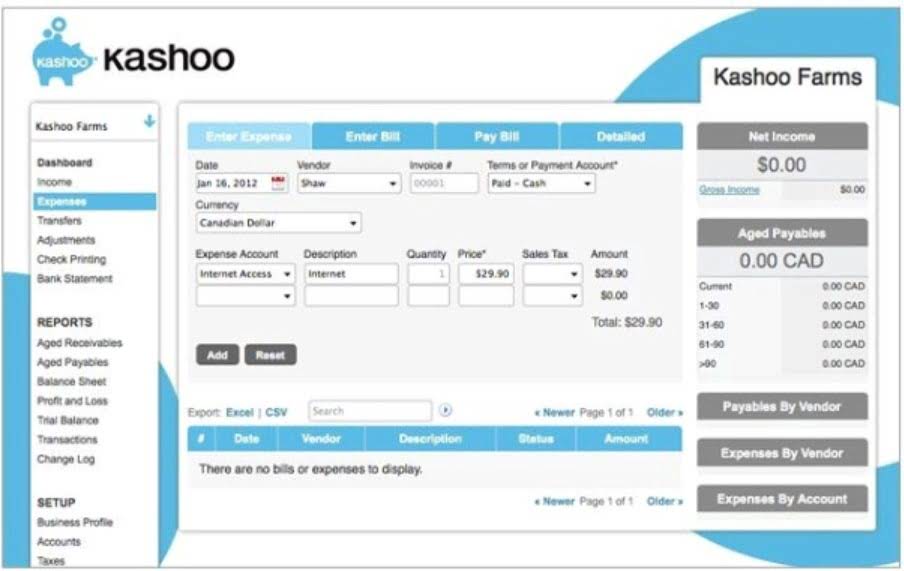- 1. The Financial Modeling Certification
- 2. Why a statement of retained earnings is important for startups.
- 3. Determine the Beginning Balance
- 4. Calculate ending retained earnings to match your balance sheet
- 5. Improving financial awareness with statement of retained earnings
- 6. Walking Through the Retained Earnings Calculation

This subtracts directly from your cumulative profit reserves, and it’s pivotal to document it accurately. After all, it strikes a balance between rewarding shareholders and funding future business prospects. Visualize this process as setting the stage before the hustle and bustle of business activities come into play, ensuring that the starting line is clearly marked. The beginning balance is your financial anchor, and from here, you’ll navigate through the fiscal ebbs and flows to chart the course of your retained earnings. The business retained earnings balance of the previous year is the opening balance of the current year.
The Financial Modeling Certification
If you notice an increase AI in Accounting in retained earnings, it generally signifies profitable operations or effective cost management. Conversely, declining retained earnings might suggest operational challenges or significant dividend payouts. By following these steps and avoiding common pitfalls, you can create an accurate statement of retained earnings that reflects your company’s true financial position effectively. Lenders and creditors are continually looking for evidence that a business will be able to settle debts and make credit repayments.
Why a statement of retained earnings is important for startups.
A statement of retained earnings is an essential financial document that summarizes the changes in retained earnings for a specific period. Retained earnings represent the cumulative amount of net income that a company has reinvested in its business, rather than distributing it to shareholders as dividends. This statement provides valuable insight into a company’s financial health and its ability to reinvest profits for growth. In this tutorial, we will walk you through the process of preparing a statement of retained earnings, step by step. The statement of retained earnings is one of four main financial statements, along with the balance sheet, income statement, and statement of cash flows. In that case, the company may choose not to issue it as a separate form, but simply add it to the balance sheet.

Determine the Beginning Balance
While the calculation itself is straightforward, the thought process behind how much to retain versus distribute in dividends reflects a company’s long-term strategic planning and fiscal discipline. It’s essential to fine-tune these numbers as they send a strong message about the company’s financial stewardship and future prospects. Your retained earnings can thus be seen as the reserves for future strategy plays or a cushion for financial hiccups. It’s like having a secret stash that you can whip out when you want to invest in or boost your business, without the need for external funding or taking on more debt. It’s no wonder that savvy investors keep an eagle eye on this part of your balance sheet — it tells them whether the company is an able custodian of their investment.
Calculate ending retained earnings to match your balance sheet
The final retained earnings figure, which appears on the balance sheet under shareholders’ equity. This financial retained earnings flexibility adds resilience to the business, helping it navigate harsh market conditions. So, the ending balance of retained earnings for ABC Inc. at the end of the accounting period would be $60,000. Businesses usually publish a retained earnings statement on a quarterly and yearly basis.

Improving financial awareness with statement of retained earnings
A merger occurs when the company combines its operations with another related company with the goal of increasing its product offerings, infrastructure, and customer base. An acquisition occurs when the company takes over a same-size or smaller company within its industry. Get global corporate cards, ACH and wires, and bill pay in one account that scales with you from launch to IPO. The change in accounting policy for depreciation results in a decrease of $8,000. Get free guides, articles, tools and calculators to help you navigate the financial side of your business with ease.
- This balance represents the company’s accumulated earnings from past years that have been reinvested in the business.
- It’s an overview of changes in the amount of retained earnings during a given accounting period.
- Contrary to common misconceptions, retained earnings are not a pool of cash but an expression of how much of the company’s earnings have been reinvested in the business or kept as a reserve.
- When a company generates a profit, a portion of that profit is typically retained in the business rather than distributed to shareholders.
- Retained earnings are not an asset but reflect the shareholder’s equity in a business.
- By now, you might appreciate the seamless interaction between the income statement and statement of retained earnings—an ensemble cast where each has a vital role in telling the financial story.
Walking Through the Retained Earnings Calculation
Here’s how to show changes in retained earnings from the beginning to the end of a specific financial period. The simplest way to know your company’s financial position is with an expense management platform that tracks operational activities in one place. Indirectly, therefore, retained earnings are affected by anything that affects the company’s net income, from operational efficiencies to new competitors retained earnings statement in the market. That amount is added to the original $100,000 for a new total retained earnings of $130,000. EBizCharge is a full-suite of payment collection tools that speed up invoicing.
- The retention ratio (also known as the plowback ratio) is the percentage of net profits that the business owners keep in the business as retained earnings.
- Eliminate annoying banking fees, earn yield on your cash, and operate more efficiently with Rho.
- Retained earnings are income that a company has generated during its history and kept rather than paying dividends.
- Therefore, it’s essential to integrate analysis from the statement of retained earnings into broader financial planning discussions within your business strategy.
- However, it can be a valuable statement to have as your company grows, especially if you want to bring in outside investors or get a small business loan.

The statement of retained earnings plays a crucial role in financial reporting by showing how a company’s retained earnings account has changed over a year’s statement. This separate statement is also called a statement of owner’s equity and is essential in determining the amount of earnings that can be distributed to shareholders as dividends. By analyzing the retained earnings figure, investors can gain insight into how well a company is performing and how much it is reinvesting back into the business.